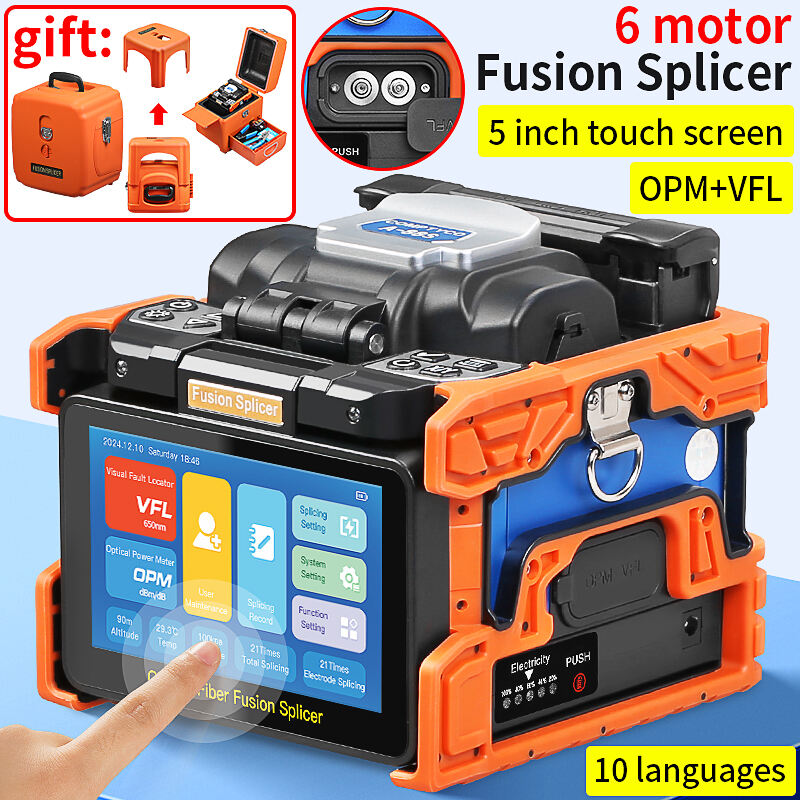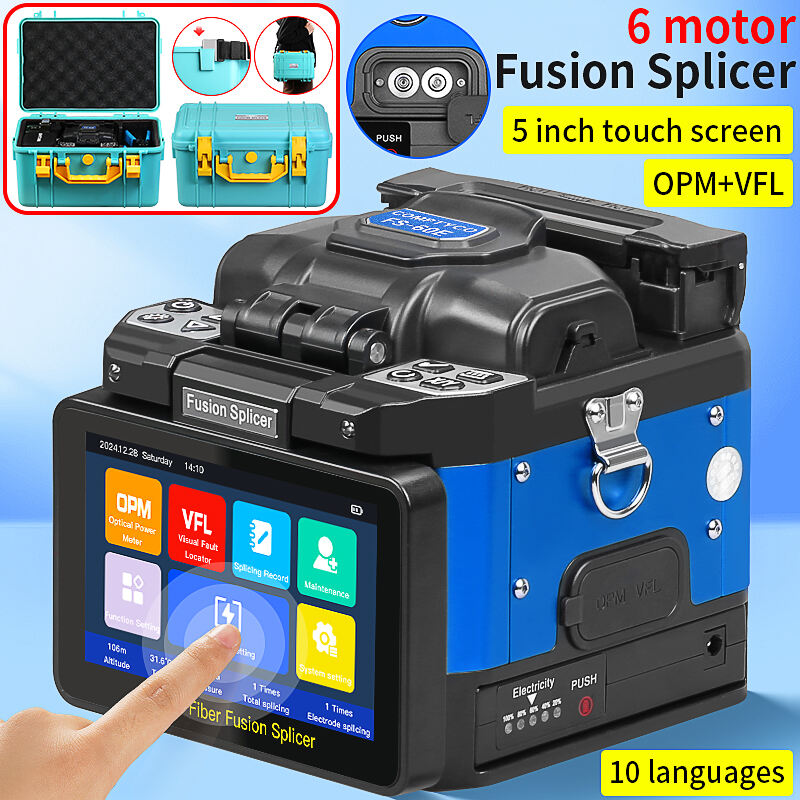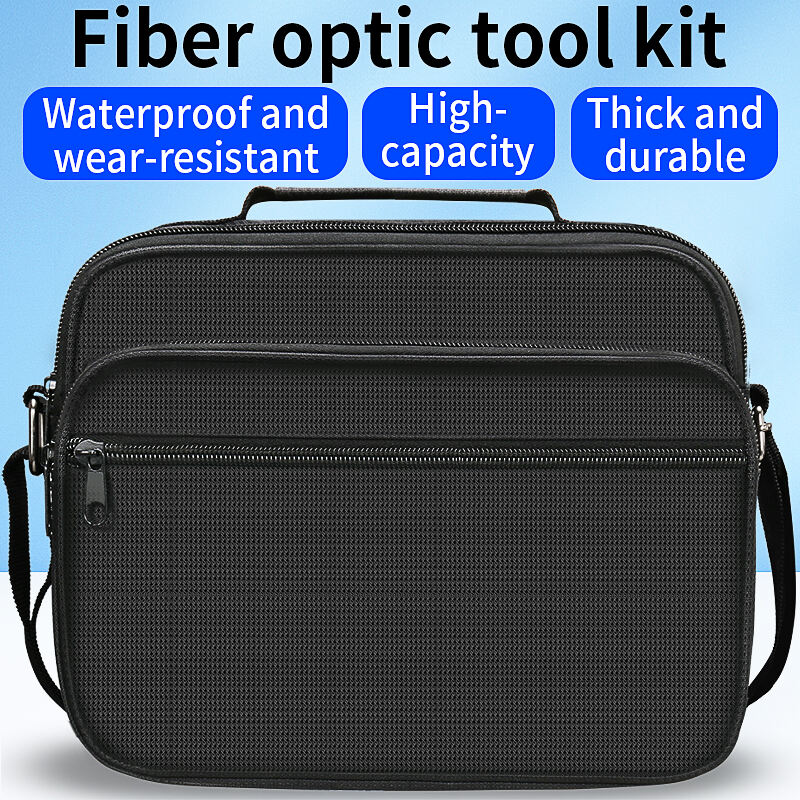fiber optic traffic identifier
A fiber optic traffic identifier is an advanced diagnostic tool designed to detect and analyze optical signals within fiber optic cables without causing any disruption to the network traffic. This sophisticated device operates by detecting the presence of light and determining its transmission direction in live fiber cables. The identifier employs non-intrusive methods to measure signal strength, verify cable continuity, and identify specific fibers within complex cable bundles. Using specialized detection technology, it can identify the presence of modulated signals, determine traffic flow direction, and detect both continuous and modulated signals in optical fibers. The device features precision-engineered clamping mechanisms that ensure accurate readings while preventing any physical damage to the fiber cables. Modern fiber optic traffic identifiers typically include digital displays showing real-time measurements, audible tone indicators for quick signal verification, and ergonomic designs for comfortable handheld operation. These tools are essential for network maintenance, troubleshooting, and installation procedures across telecommunications networks, data centers, and enterprise fiber optic infrastructures. They play a crucial role in preventing accidental service interruptions during maintenance and ensuring proper fiber identification before any cutting or splicing operations.


